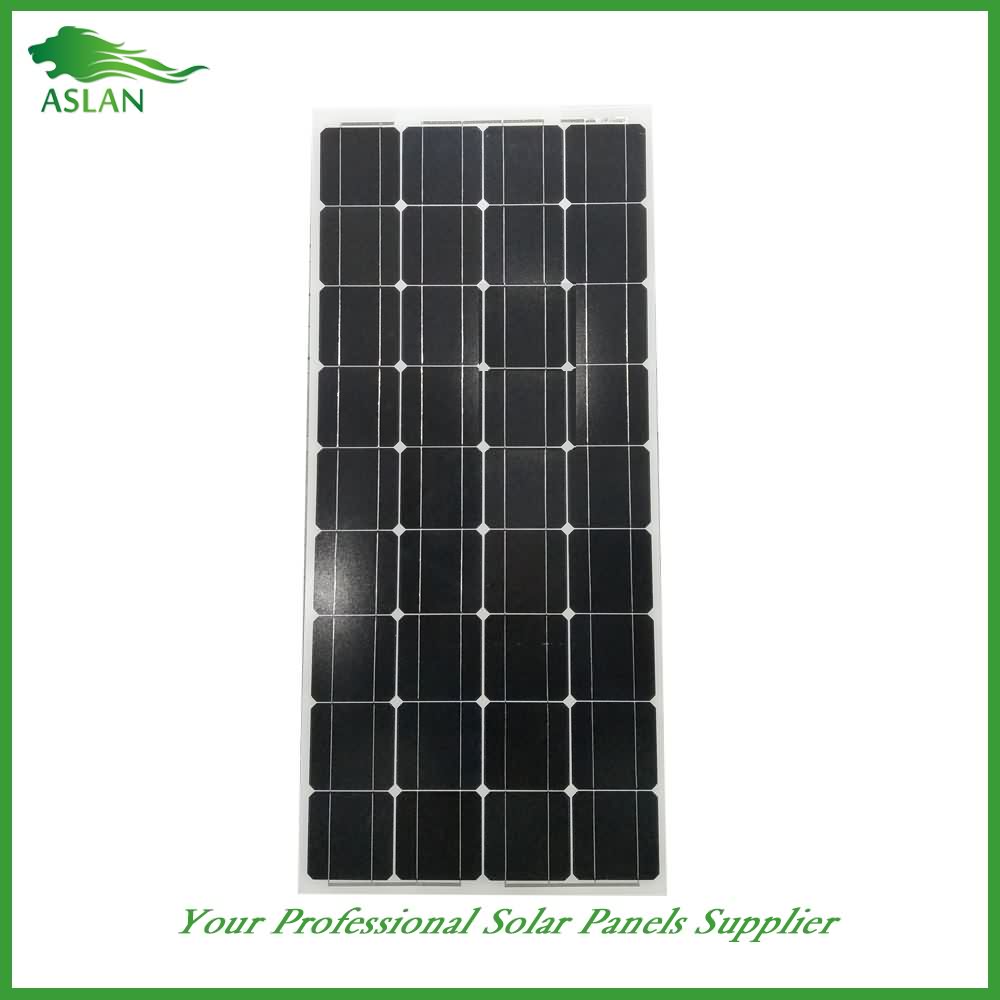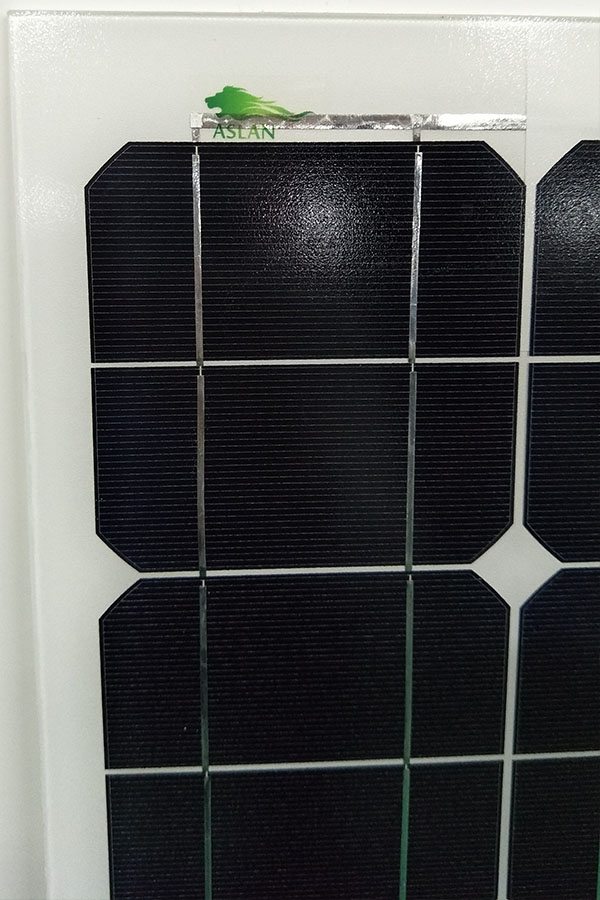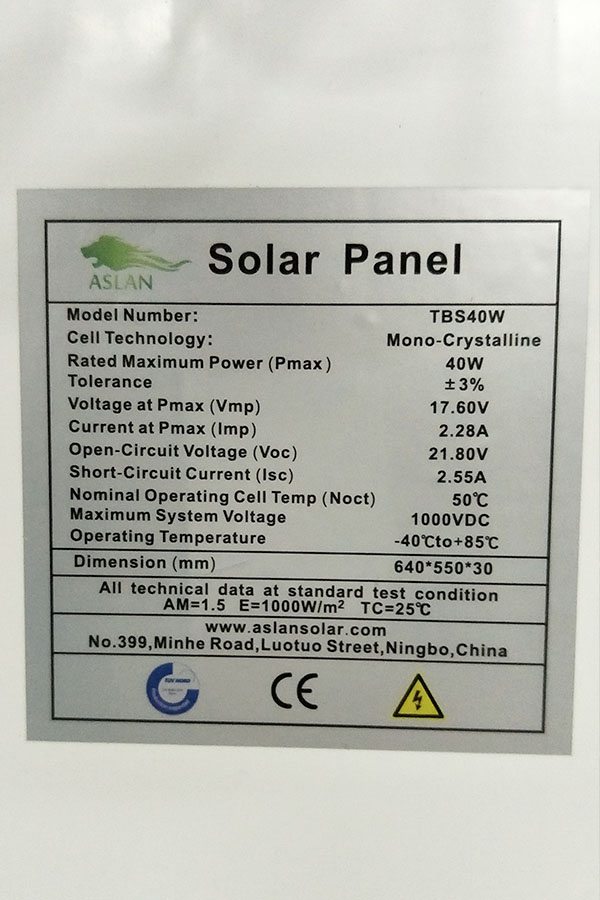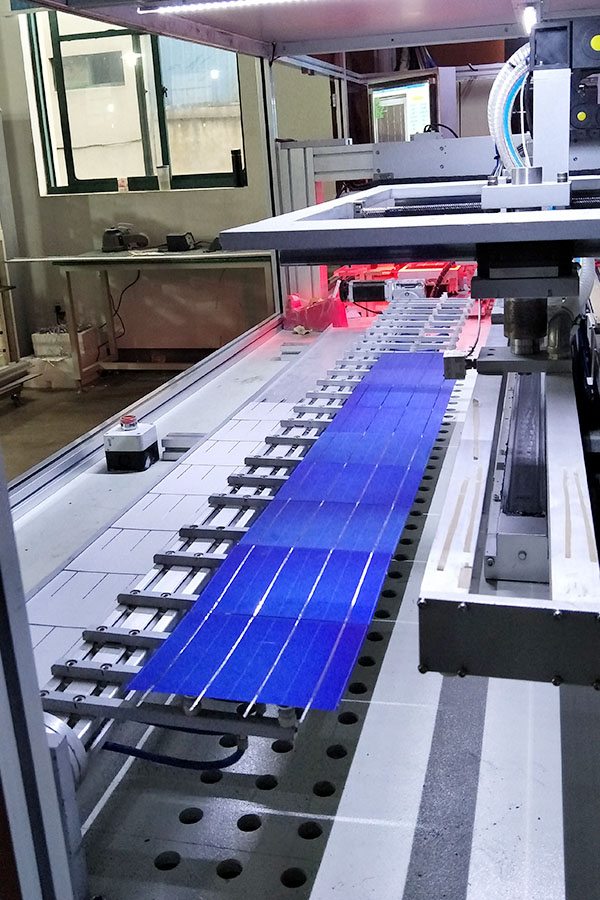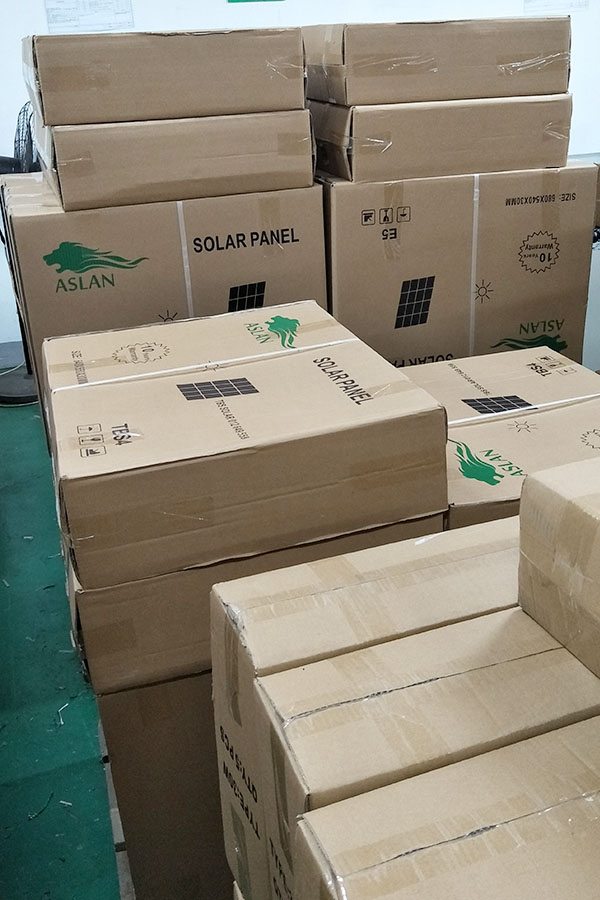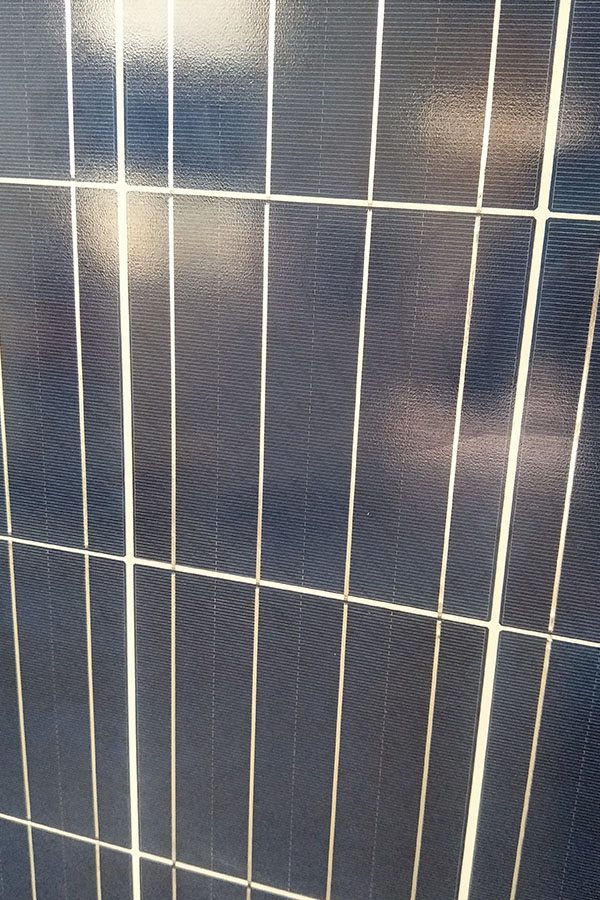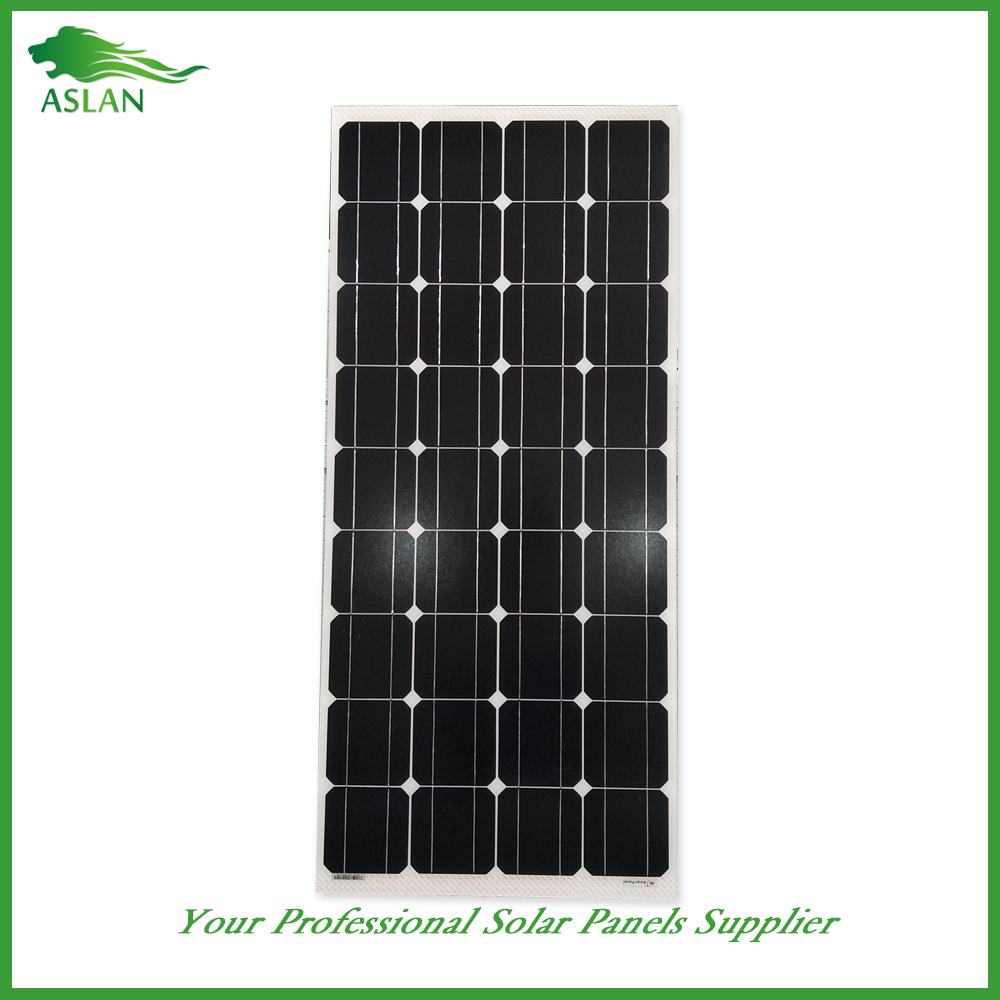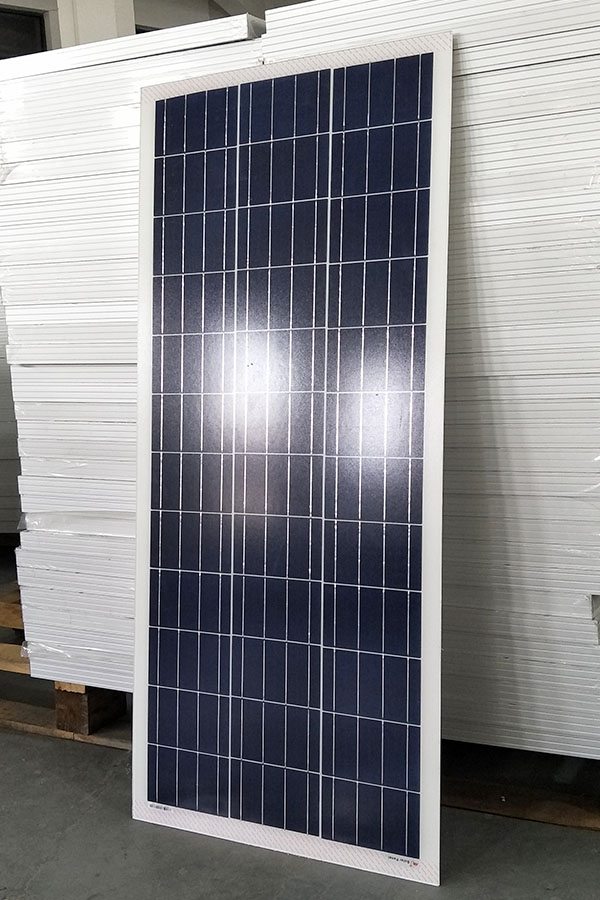16 Years manufacturer Mono-Crystalline 100W Solar Panel for Sydney Manufacturers
Short Description:
Dedicated to strict quality control and thoughtful customer service, our experienced staff members are always available to discuss your requirements and ensure full customer satisfaction for 16 Years manufacturer Mono-Crystalline 100W Solar Panel for Sydney Manufacturers, Create Values,Serving Customer!" is the aim we pursue. We sincerely hope that all customers will establish long term and mutually beneficial cooperation with us.If you wish to get more details about our company, Please contact with us now.
Mono-Crystalline 100W Solar Panel
Technical parameter
Maximum Power(W) 100W
Optimum Power Voltage(Vmp) 18.66V
Optimum Operating Current(Imp) 5.36A
Open Circuit Voltage(Voc) 22.72V
Short Circuit Current(Isc) 5.92A
Mechanical Characteristics
Cell Type Monocrystalline 125x125mm(5 inch)
No of Cell 36 (4x9pcs)
Dimensions 1200x554x35mm
Weight 7.8Kg
Front Glass 3.5mm,High Transmission, Low Iron,Tempered Glass
Junction box IP65 Rated
Output Cable TUV 1×4.0mm2/UL12AWG,Length:900mm
Temperature and Coefficients
Operating Temperature(°C): -40°C ~ + 85°C
Maximum System Voltage: 600V(UL)/1000V(IEC) DC
Maximum Rated Current Series: 15A
Temperature Coefficients of Pmax: -0.47%
Temperature Coefficients of Voc: -0.389%
Temperature Coefficients of Isc: 0.057%
Nominal Operationg Cell Temperature (NOCT): 47+/-2°C
Materials of solar panel
1).Solar Cell——Mono-crystalline solar cell 125*125mm
2).Front Glass——-3.2mm, high transmission, low iron, tempered glass
3).EVA——-excellent anti-aging EVA
4).TPT——-TPT hot seal made of flame resistance
5).Frame——anodized aluminum profile
6).Junction Box——-IP65 rated, high quality, with diode protection
Superiority: high quality anodized aluminum frame, high efficiency long life, easy installation, strong wind resistance, strong hail resistance.
Features
1. High cell efficiency with quality silicon materials for long term output stability
2. Strictly quality control ensure the stability and reliability, totally 23 QC procedures
3. High transmittance low iron tempered glass with enhanced stiffness and impact resistance
4. Both Polycrystalline and Mono-crystalline
5. Excellent performance in harsh weather
6. Outstanding electrical performance under high temperature and low irradiance
Quality assurance testing
Thermal cycling test
Thermal shock test
Thermal/Freezing and high humidity cycling test
Electrical isolation test
Hail impact test
Mechanical, wind and twist loading test
Salt mist test
Light and water-exposure test
Moist carbon dioxide/sulphur dioxide
This is my mini aquarium with 1W bright white LED + Submerse 0.3W water pump DIY I get from
mini decoration fountain which can be operated using at minimum 1.5V. What is the Green Tech is both power comes from 0.6W (6v 100mA) Solar panel and Uniross 2100mAH rechargeable battery X2. In day the sistem using both solar and battery and after fully charge 12H in the day could round whole night the LED and filter system. The connection is simple since current from solar panel never exceed 100mA. Since charging it to full using low as 50mA and it can stand for 18H. And the system continued. No bill ![]()
Discarded car batteries are potential source of lead pollution.
And, Battery technology is undergoing rapid changes. New type of Batteries such as lithium-ion batteries are replacing the lead-acid batteries. So, over 200 million lead-acid batteries will potentially be retired in the United States, and that could cause a lot of environmental issues.
Researchers at MIT have proposed a system to recycle the materials from the discarded car batteries into new, long-lasting solar panels that provide emissions-free power.
Their system is based on a recent development in solar cells that makes use of a compound called perovskite.
Because the perovskite photovoltaic material takes the form of a thin film just half a micrometer thick, the team’s analysis shows that the lead from a single car battery could produce enough solar panels to provide power for 30 households.
As an added advantage, the production of perovskite solar cells is a relatively simple process.
According to the researchers, this new process is pretty interchangeable with the current production method.
The researchers (Angela M. Belcher , Paula T. Hammond and team) don’t intend to start a company to commercialize their technology. Instead, they wanted to show people who are developing and manufacturing perovskite solar cells that the lead from old batteries performs just as well as mined lead.
So they have published a video for explaining the process step by step.
Source: http://newsoffice.mit.edu/2014/recycling-batteries-into-solar-cells-0818
Subscribe to our YouTube channel at http://www.youtube.com/subscription_center?add_user=qualitypointtech
See more Technology News at https://www.youtube.com/playlist?list=PLK2ccNIJVPpB_XqWWq_oaZGIDzmKiSkYc
